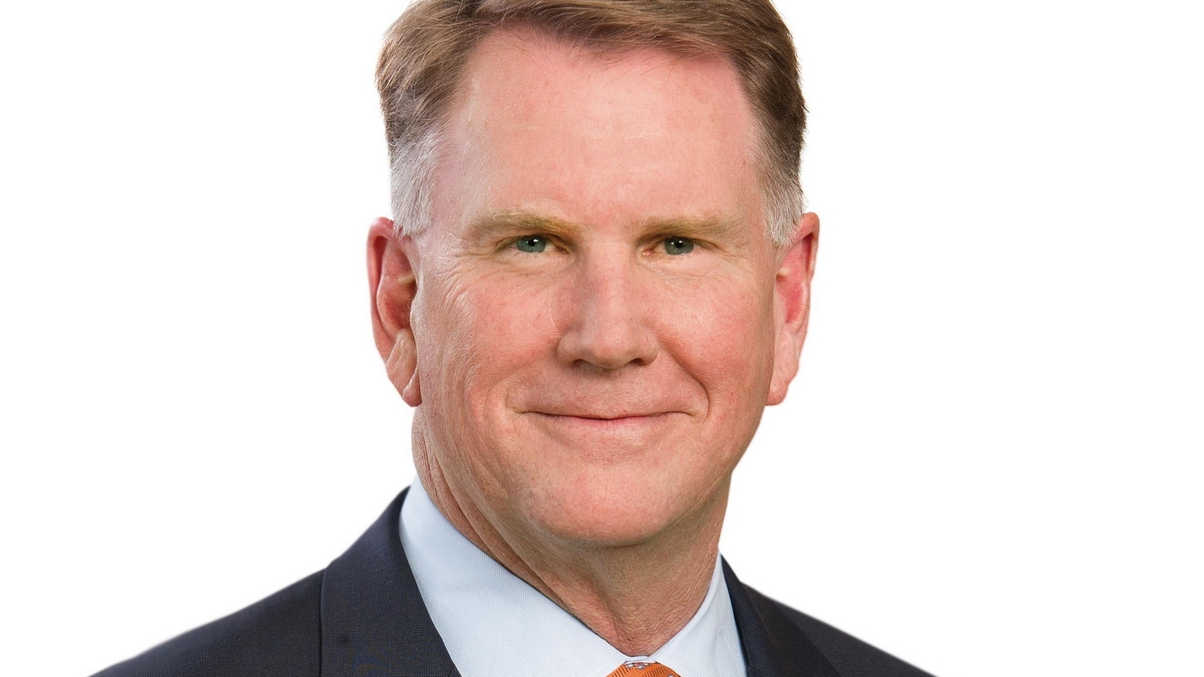Legg Mason eyes new markets, HK buildout
The US fund house is exploring entry to two new markets in Asia and is looking to build a fund manufacturing capability in Hong Kong, its management reveals.

US fund house Legg Mason is mulling entry to two new markets in Asia and is looking to install a fund manufacturing capability in Hong Kong, its management has revealed.
Sign In to Your Account
Access Exclusive AsianInvestor Content!
Please sign in to your subscription to unlock full access to our premium AI resources.
Free Registration & 7-Day Trial
Register now to enjoy a 7-day free trial—no registration fees required. Click the link to get started.
Note: This free trial is a one-time offer.
¬ Haymarket Media Limited. All rights reserved.


